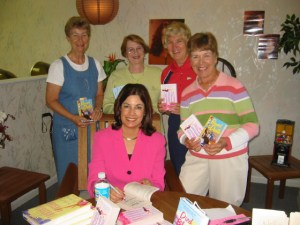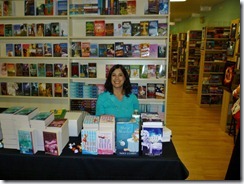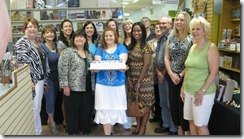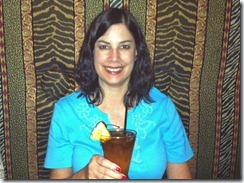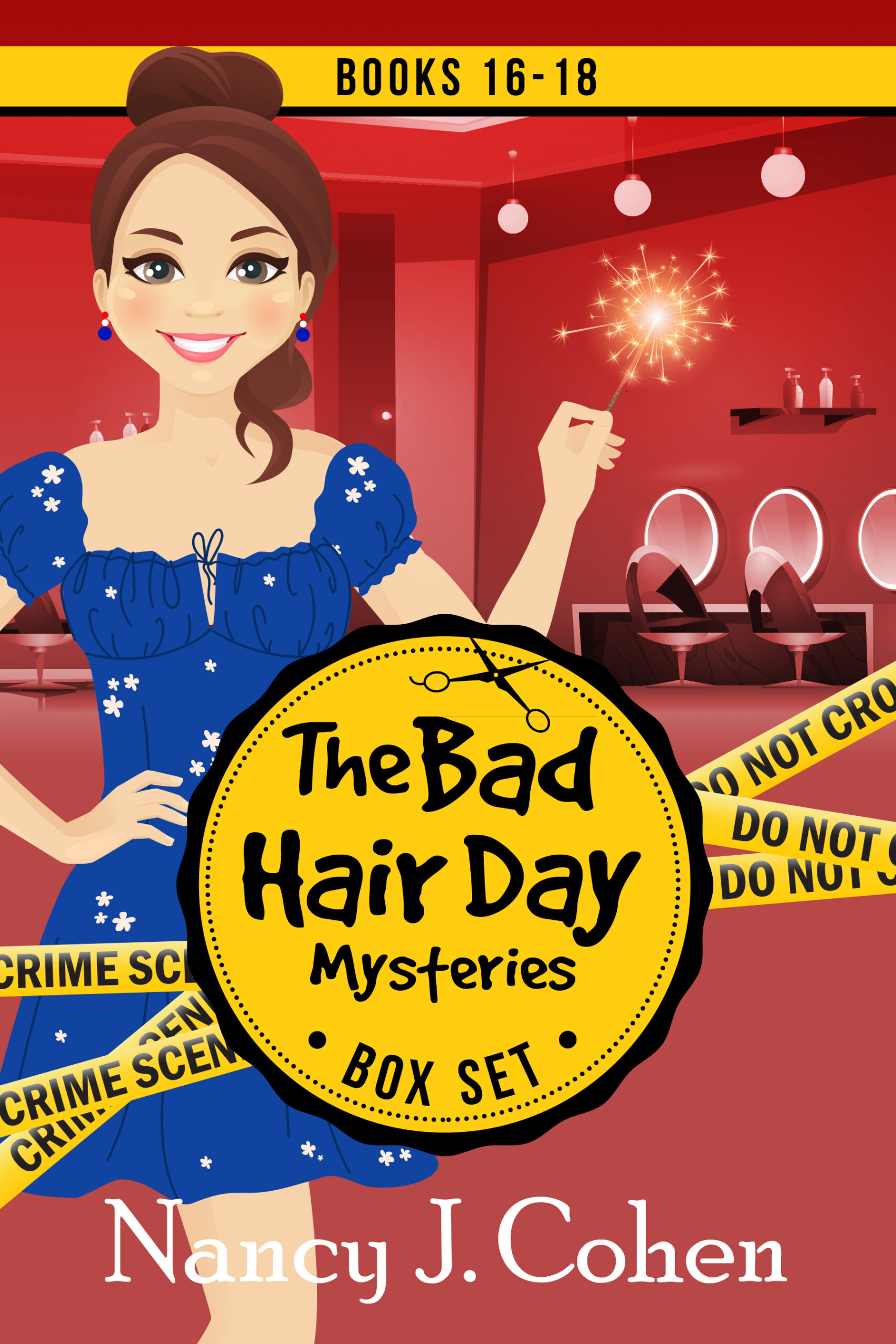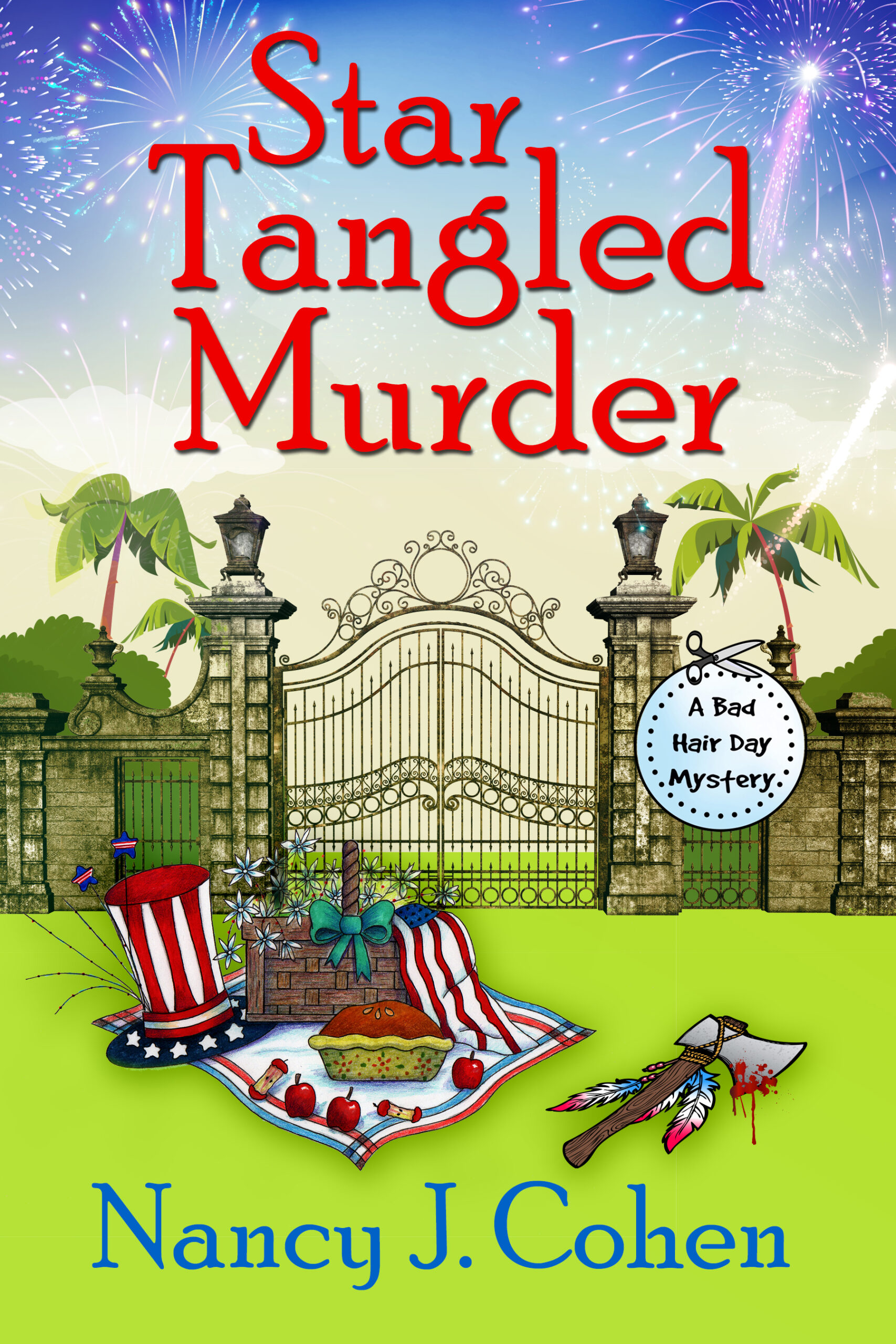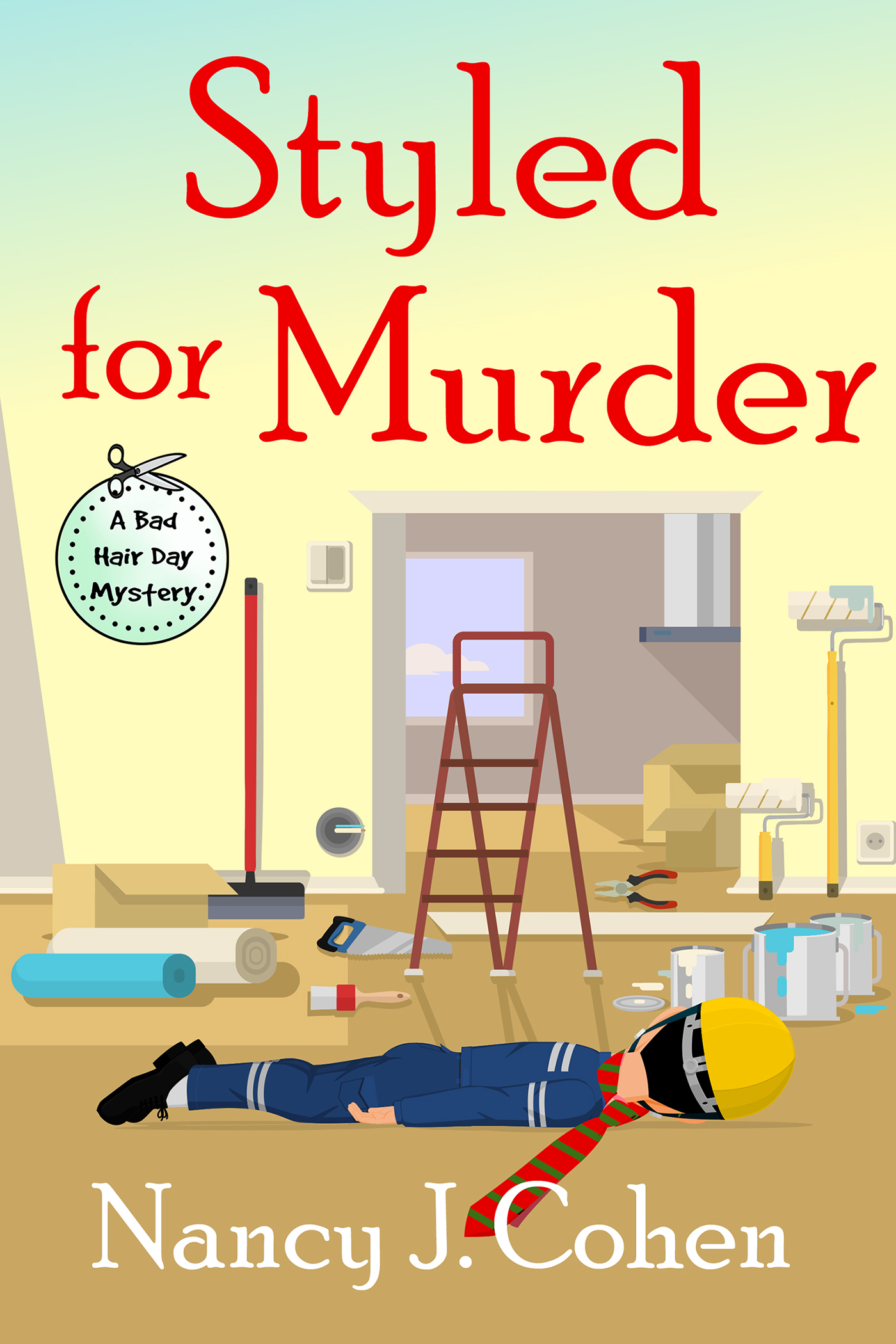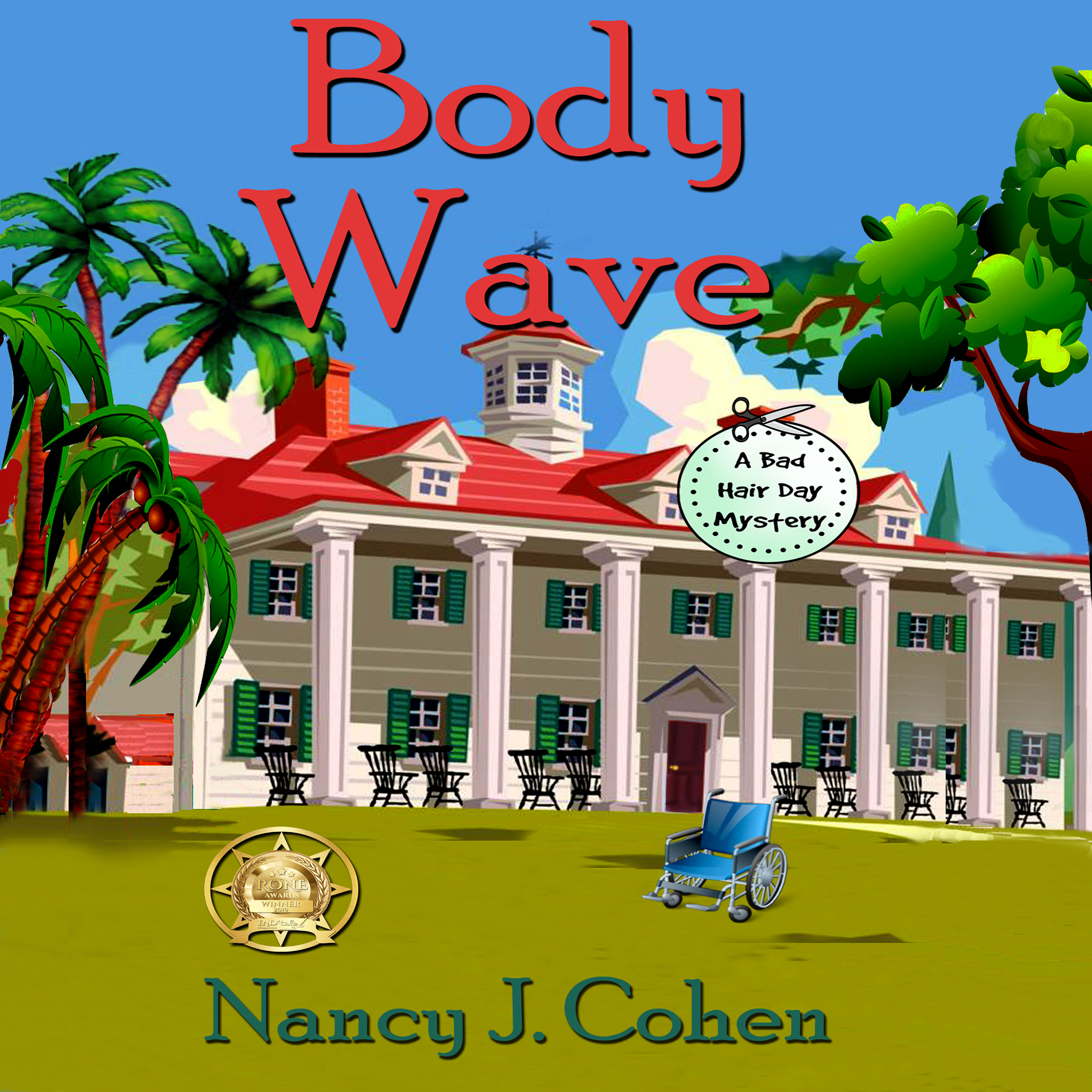As authors, we’re advised to promote our brand to readers. What does this mean? Think about your favorite writers. You know what kind of story you’re going to get when you pick up one of their books. It could be heartwarming characters, small town settings, or fast-paced thrills and chills. Or maybe it’s a recurring theme that strikes a chord within you. But if we’re the writer, how do we define our own brand?
Sometimes we have to wait until we’ve written a few books to see what reviewers say. We can glean an idea of how our stories affect readers by their responses. Or we might recognize the core story in each of our books, those defining elements that call to us. Or we can ask other people what they see in our work.
You’ll want to showcase your brand in several places:
Signature Line
This would be a tagline that goes under your name every time you send out an email or make a post on a listserve.
Website
You’ll want to deploy metatags that mention your branding elements. So tag yourself in the header and in perhaps a sub-header as well, and then in the body of your text.
Logo
Here’s an opportunity for a pictorial representation of what you write. You can even put your logo, along with your website URL, on T-shirts and such as contest prizes for your fans.
<><><>
In my opinion, deciding on a tagline—like a blurb for a book—is harder than writing the story. It’s especially difficult when you write in more than one genre.
So here we come to the point of this post. I need your help.
I’m having an identity crisis. When I post to a romance loop, my signature line says Warrior Prince: A Drift Lords Novel. When I post to a mystery loop, I say Shear Murder: A Bad Hair Day Mystery. But I need something that encompasses both the genres I write. For example, my website says Author of Mystery and Romance. (Should I have a sub-header? And if so, what should it say?)
In other words, I need a new tagline.
Here’s my current signature, when I’m not using an actual book title:
Nancy J. Cohen
Romance and Mystery
Where passion & danger collide
I could change it to:
Author of Paranormal Romance and Humorous Mysteries
This one is good, but what if I write a new mystery that isn’t funny? My agent cautioned me against being too specific. Too narrow of a brand can box you in.
Here are some other suggestions. Quotes come from reviews. Please let me know which ones you like the best!!! I need a zippy tagline that reflects both the genres I write. Or make up your own combination and let’s hear it!
Sassy Sleuths, Sizzling Passion, and Suspense
Tales of Mystery, Romance, & Otherworldly Adventure
Tales of Murder, Love, & Laughter
Fun, fast-paced Florida mysteries and paranormal romance
Fast-paced humorous mysteries and paranormal romance
Hot heroes and sassy heroines mixed with intrigue and murder
Author of Paranormal Romance and Fun, Fast-Paced Mysteries
“Murder, Mayhem, Humor and Romance”
“Humor, Romance and Mystery”
“Humor, Action and Passion”
“Fun, entertaining, out of this world reads”
“Amazing heroines, sexy heroes, lovable sub-characters”
“Great characters, strong storylines…”
“Strong, sexy heroes, ….”
SciFi/Fantasy Romance and Fabulous Florida Mysteries
As for a logo, do you have any suggestions for an image that would combine the types of books I write? Murder mysteries and sci-fi/fantasy romance with paranormal elements (note that my new series takes place on Earth).
What would catch your attention? And feel free to share your tagline here.










